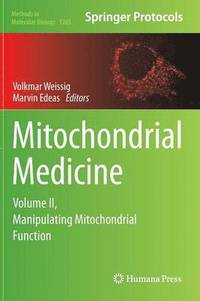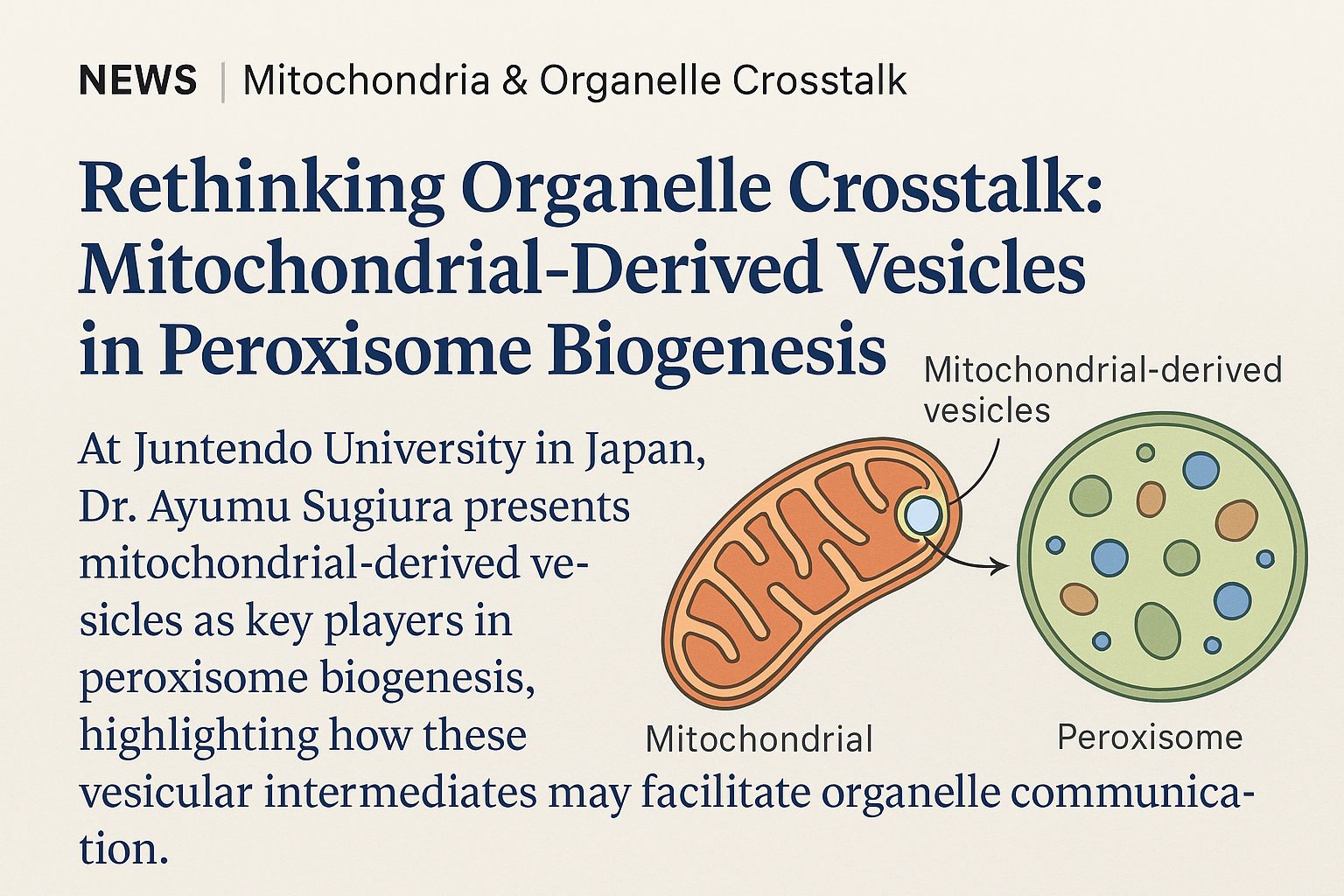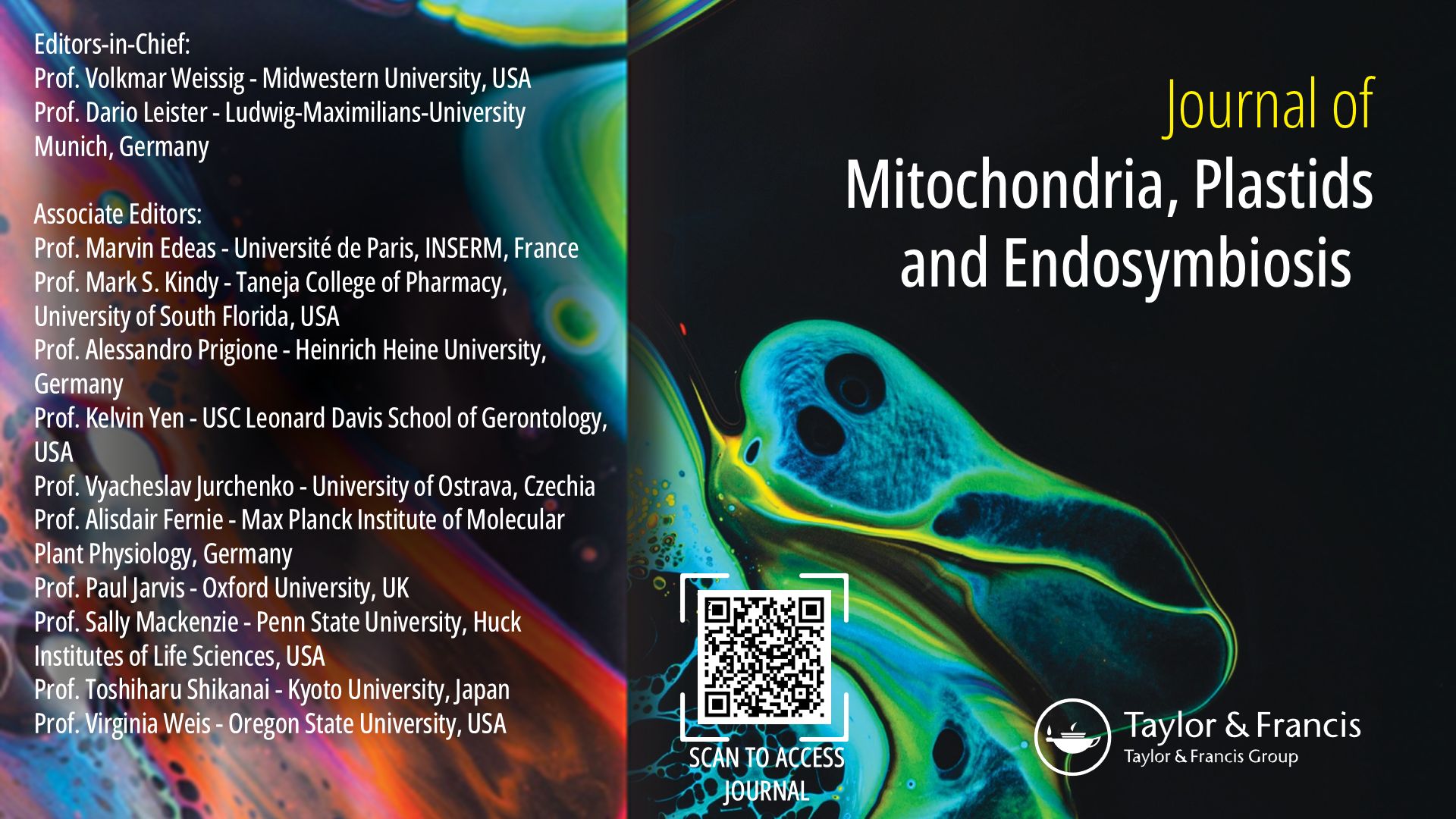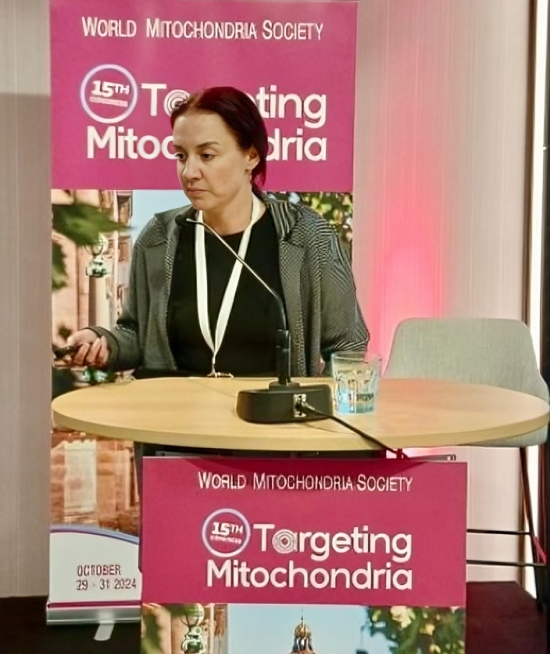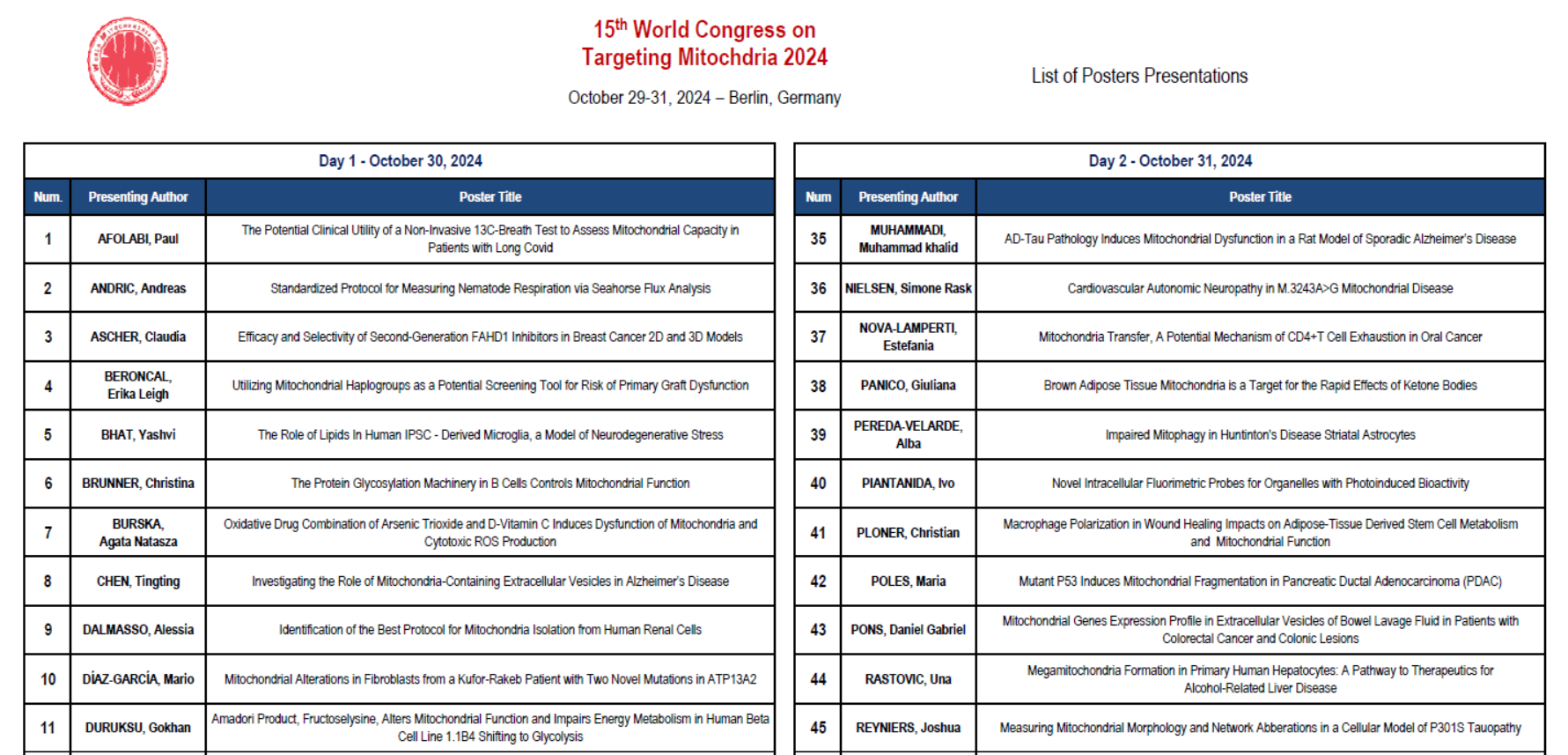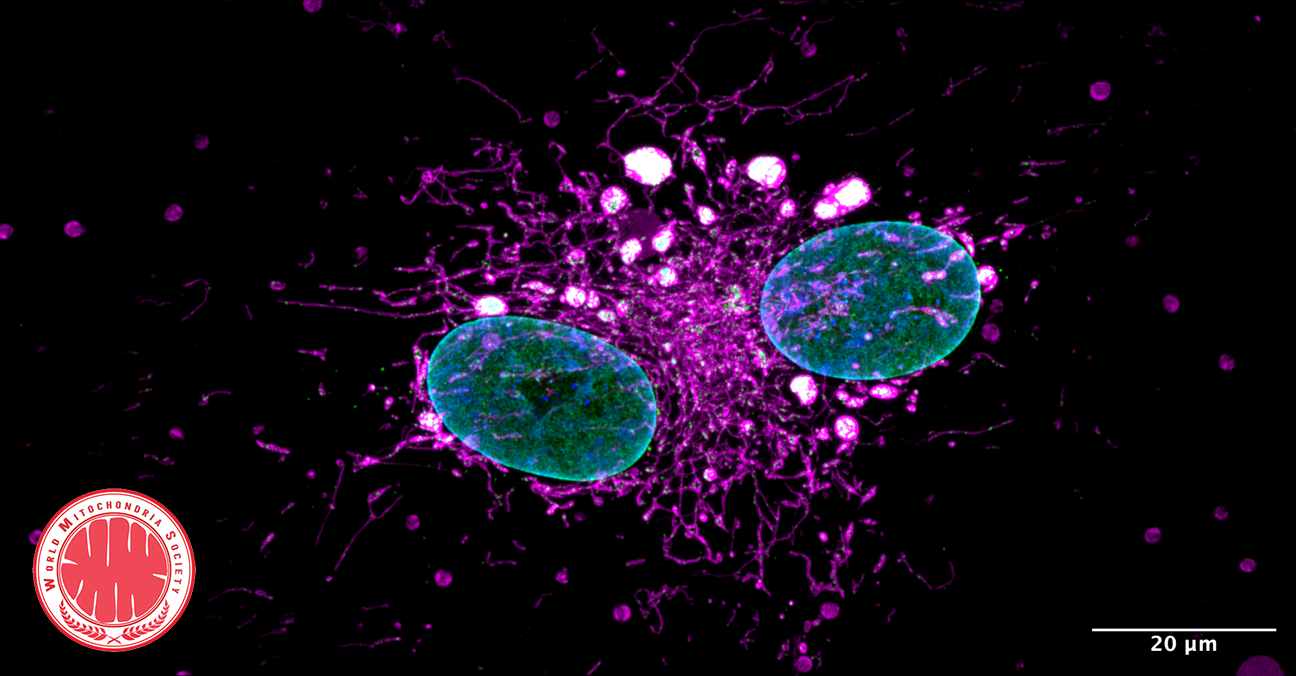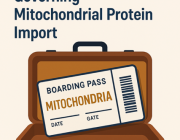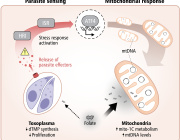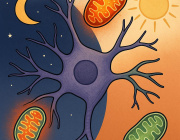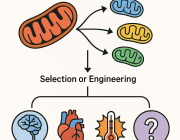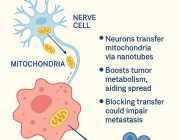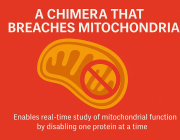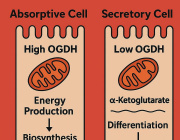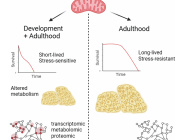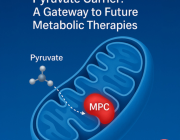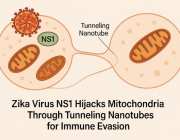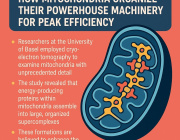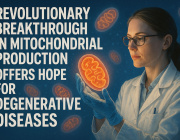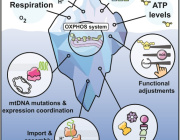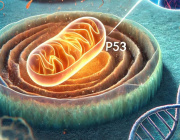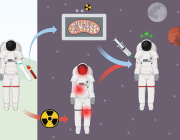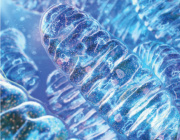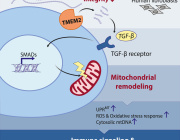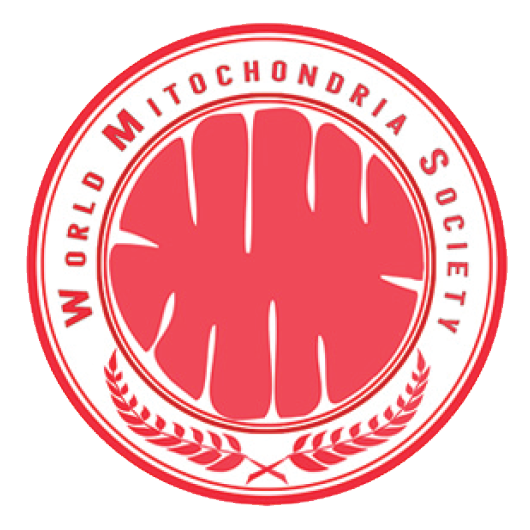Targeting Mitochondria World Congress 2014 is already a Huge Success
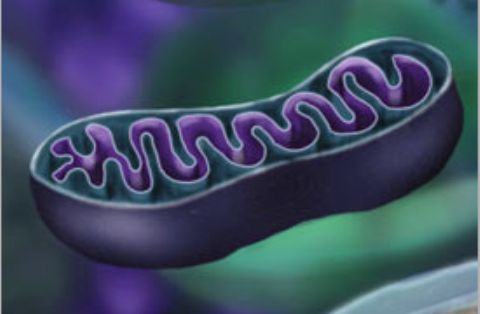 For this new edition of Targeting Mitochondria World Congress, Hotel Ritz Carlton will open its door from October 29 to 31, 2014 to gather more than 400 participants for three days coming from all around the world.
For this new edition of Targeting Mitochondria World Congress, Hotel Ritz Carlton will open its door from October 29 to 31, 2014 to gather more than 400 participants for three days coming from all around the world.
To access to the updated list of participants, please click here.
Come and Network with Targeting Mitochondria participants by registering to the congress here.
Stem cells overcome damage in other cells by exporting mitochondria
 The scientific committee invited Dr. Anurag Agrawa to present his excellent work.
The scientific committee invited Dr. Anurag Agrawa to present his excellent work.
He identified a protein that increases the transfer of mitochondria from mesenchymal stem cells to lung cells. In work published in The EMBO Journal, the researchers reveal that the delivery of mitochondria to human lung cells can rejuvenate damaged cells.
The migration of mitochondria from stem cells to epithelial cells also helps to repair tissue damage and inflammation linked to asthma-like symptoms in mice.
Do mitochondria care about insulin resistance?

Dr. Chrysi Koliaki will present her last studies published in Molecular Metabolism.
In the last issue of Molecular Metabolism, Dr. Chrysi Koliaki addressed the intensively debated term “mitochondrial dysfunction” in the context of insulin resistance using a comprehensive cell-autonomous approach, which allowed constant substrate delivery to distinct insulin-sensitive cell types circumventing confounding effects of in vivo inter-tissue crosstalk.
Do mitochondria care about insulin resistance? (2)

Dr. Chrysi Koliaki will present her last studies published in Molecular Metabolism.
In the last issue of Molecular Metabolism, Dr. Chrysi Koliaki addressed the intensively debated term “mitochondrial dysfunction” in the context of insulin resistance using a comprehensive cell-autonomous approach, which allowed constant substrate delivery to distinct insulin-sensitive cell types circumventing confounding effects of in vivo inter-tissue crosstalk.
Novel way blocks tumour growth into cancer
 Targeting Mitochondria Scientific Committee invited Paolo E. Porporato to present his work about mitochondria and cancer.
Targeting Mitochondria Scientific Committee invited Paolo E. Porporato to present his work about mitochondria and cancer.
In pioneering research on models of human tumours in mice, researchers have successfully blocked metastasis - the strategy adopted by tumour cells to transform into an aggressive form of cancer.
According to researchers from Universite catholique de Louvain (UCL) in Belgium, blocking metastasis or even prevent their formation would be a giant step in the fight against cancer.
The researchers achieved this feat by studying mitochondria in tumour cells. These organelles are considered the cells' powerhouse.
"When their functioning is altered, the mitochondria can promote cell migration, thus leading to the formation of metastasis," said Post-doc Paolo E. Porporato from Universite catholique de Louvain's Institute of Experimental and Clinical Research (IREC). Sonveaux's team examined the molecular mechanism responsible for the mitochondria's ability to promote metastasis.
They succeeded in showing that under certain conditions, the mitochondria produce more free radicals known as superoxide ions. It is this overproduction of superoxide that leads to the formation of metastasis and, consequently, the growth of a tumour, they found.
"The production of superoxide by mitochondria can be blocked by very specific antioxidants," Sonveaux added. These compounds turned out to be very efficient at blocking the migration of tumour cells and preventing the spontaneous formation of human tumour metastasis in mice, the study, published in the journal Cell Reports, said.
Post-doc Paolo E. Porporato will present his strategic studies during targeting Mitochondria 2014
The dream of clean and intact mitochondria

The scientific committee invited Dr. Hans Zischka to present his excellent work.
Mitochondrial research indispensably relies on investigations of isolated biochemically intact organelles. However, standard methods lack precisely adjustable and reproducible settings for cell disruption, the initial and most important step in the isolation procedure of mitochondria.
Rotten egg gas holds key to healthcare therapies
 The innovative study from Pr. Matt Whiteman about Rotten egg gas will be discussed during Targeting Mitochondria World Congress.
The innovative study from Pr. Matt Whiteman about Rotten egg gas will be discussed during Targeting Mitochondria World Congress.
It may smell of flatulence and have a reputation for being highly toxic, but when used in the right tiny dosage, hydrogen sulfide is now being being found to offer potential health benefits in a range of issues, from diabetes to stroke, heart attacks and dementia.
A new compound (AP39), designed and made at the University of Exeter, could hold the key to future therapies, by targeting delivery of very small amounts of the substance to the right (or key) places inside cells.
Scientists in Exeter have already found that the compound protects mitochondria – the “powerhouse” of cells, which drive energy production in blood vessel cells. Preventing or reversing mitochondrial damage is a key strategy for treatments of a variety of conditions such as stroke, heart failure, diabetes and arthritis, dementia and ageing. Mitochondria determine whether cells live or die and they regulate inflammation. In the clinic, dysfunctional mitochondria are strongly linked to disease severity.
Professor Matt Whiteman, of the University of Exeter Medical School, said: “When cells become stressed by disease, they draw in enzymes to generate minute quantities of hydrogen sulfide. This keeps the mitochondria ticking over and allows cells to live. If this doesn’t happen, the cells die and lose the ability to regulate survival and control inflammation. We have exploited this natural process by making a compound, called AP39, which slowly delivers very small amounts of this gas specifically to the mitochondria. Our results indicate that if stressed cells are treated with AP39, mitochondria are protected and cells stay alive.”
Dr. Mark Wood of Biosciences, at the University of Exeter, added “Although hydrogen sulfide is well known as a pungent, foul-smelling gas in rotten eggs and flatulence, it is naturally produced in the body and could in fact be a healthcare hero with significant implications for future therapies for a variety of diseases.”
The research is being conducted in several models of disease, and pre-clinical results are promising. For example, in models of cardiovascular disease, research shows that more than 80 per cent of the powerhouse mitochondria cells survive under otherwise highly destructive conditions, if the AP39 is administered. Professors Whiteman and Wood are now working towards advancing the research to a stage where it can be tested in humans.
The study was published in the journal Medicinal Chemistry Communications. A follow-up study, published in The Nitric Oxide Journal with collaborators from the University of Texas Medical Branch, also found that the compound selectively prevented mitochondrial DNA in mitochondria. Once damaged, this DNA cannot be repaired, leaving individuals more vulnerable to disease symptoms.
Early indications in small-scale studies, presented at this year’s 3rd International Conference on Hydrogen Sulfide in Biology and Medicine in Kyoto, also show that in high blood pressure, AP39 reversed blood vessel stiffening and lowered blood pressure. It also dramatically improved chances of survival after a heart attack by slowing the heartbeat, improving its efficiency.
The collaboration was one of 20 research projects highlighted by Universities UK in their ‘Ideas for Life’ compilation for Universities Week of some of the most exciting, innovative research coming from higher education institutions across the UK.
Ph. Matt Whiteman will present his strategic studies during targeting Mitochondria 2014
Energizing sick mitochondria with vitamin B3

Dr Nahid Khan, from University of Helsinki, Finland will present her strategic work about energizing sick mitochondria with vitamin B3 during Berlin conference.
According Dr Khan: Vitamins B have recently been turned out to be potent modifiers of energy metabolism, especially the function of mitochondria.
Vitamin B3, (niacin) has been found to delay the signs of aging in animal models.
An international collaboration between the University of Helsinki and École Polytechnique Fédérale de Lausanne reported today in the high-profile journal, Embo Molecular Medicine, that vitamin B3 form, nicotinamide riboside, can slow down the progression of mitochondrial disease, suggesting its potential as a novel therapy approach to adult-onset mitochondrial muscle diseases.
Mitochondria power up all cells in our bodies, by generating fuel, ATP, for all cellular functions. Dysfunction of these cellular engines can cause mitochondrial disorders, which are the most common cause of inherited metabolic diseases in adults and children.
Mitochondrial myopathy is the most frequent form of adult mitochondrial disorder. The typical symptoms in the patients are muscle weakness, pain and cramps. Despite the progressive nature of these diseases, no curative treatment is available.
In their current publication, Dr Nahid Khan in Prof Anu Suomalainen-Wartiovaara's group showed that feeding mice with food supplemented with B3 form, nicotinamide riboside, delayed their mitochondrial myopathy. The treatment increased mitochondrial mass and function, and cured the structural abnormalities.
These results clearly showed the potential of this vitamin B form, a natural constituent of milk, to activate dysfunctional mitochondrial metabolism, Professor Wartiovaara-Suomalainen states. She continues: These results are a breakthrough for understanding the mechanisms of human mitochondrial muscle diseases and for exploring the efficient treatment options for these progressive disorders of adults. They also highlight the potent role of niacin in guiding mitochondrial energy metabolism.
Source: University of Helsinki
Dr Nahid Khan will present his strategic studies during targeting Mitochondria 2014.
For more information: www.targeting-mitochondria.com





